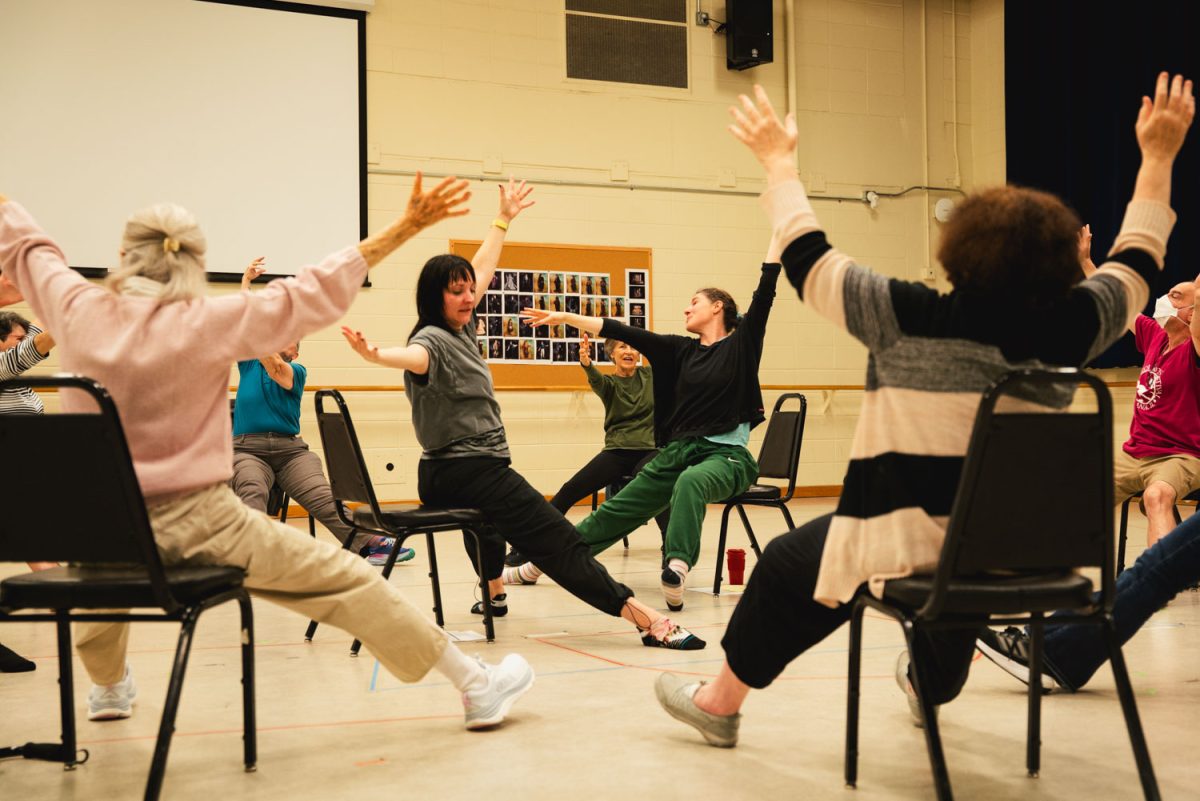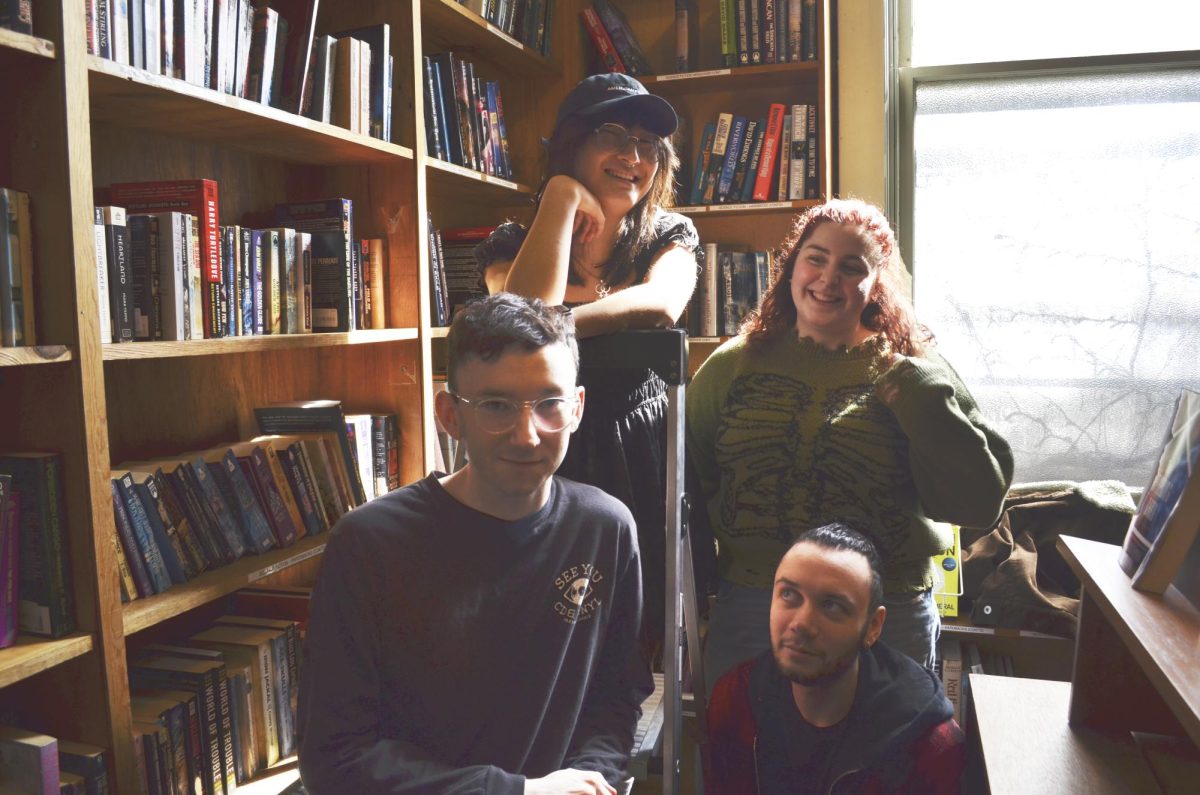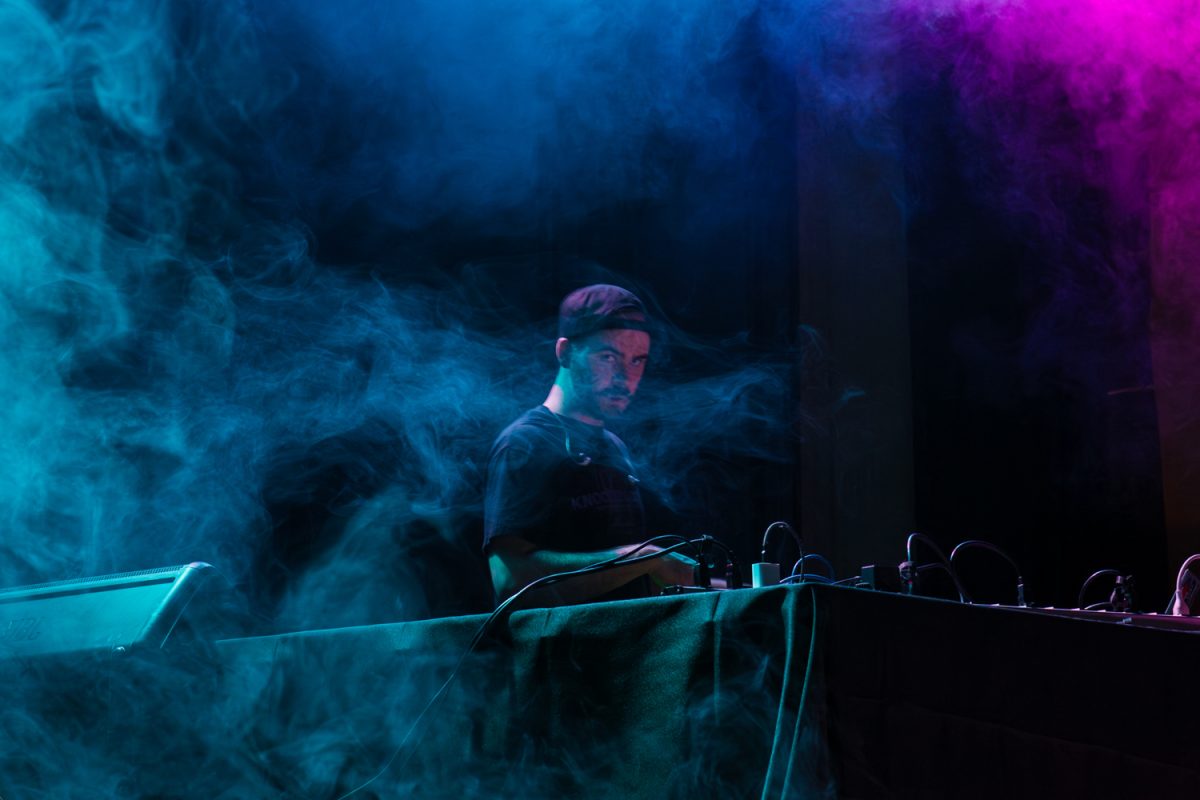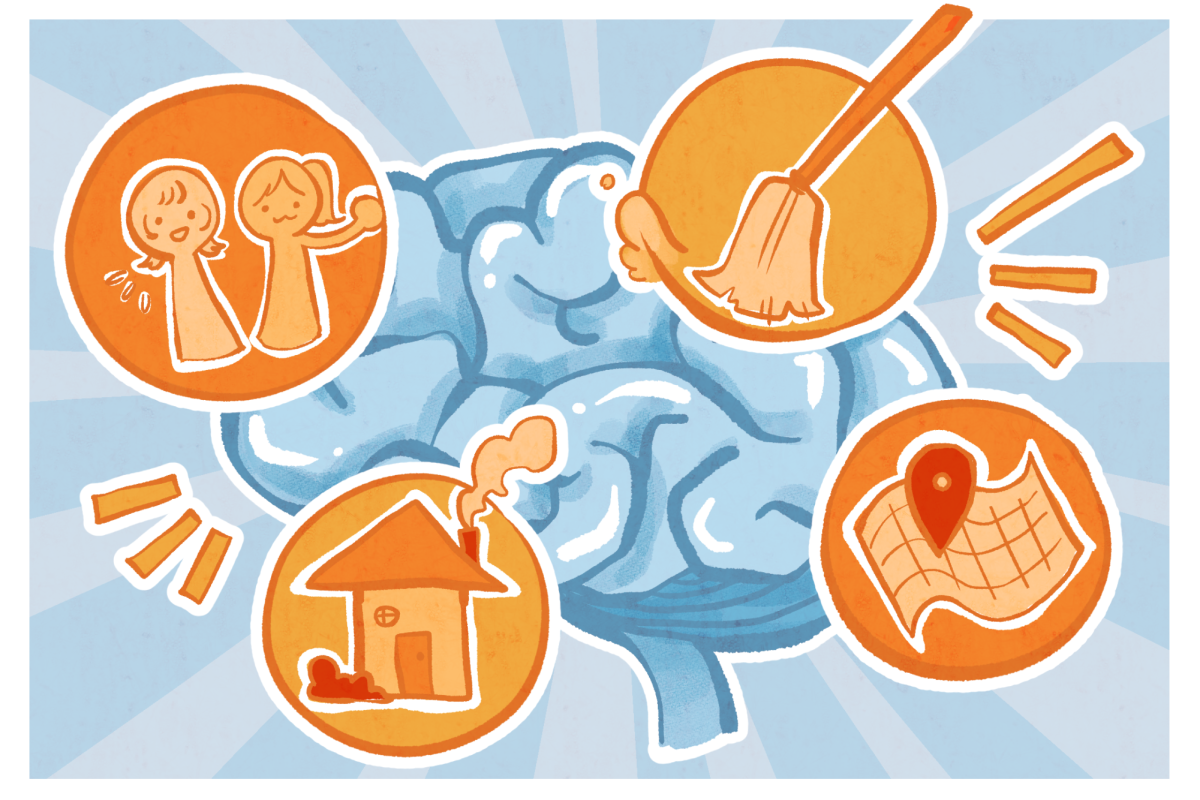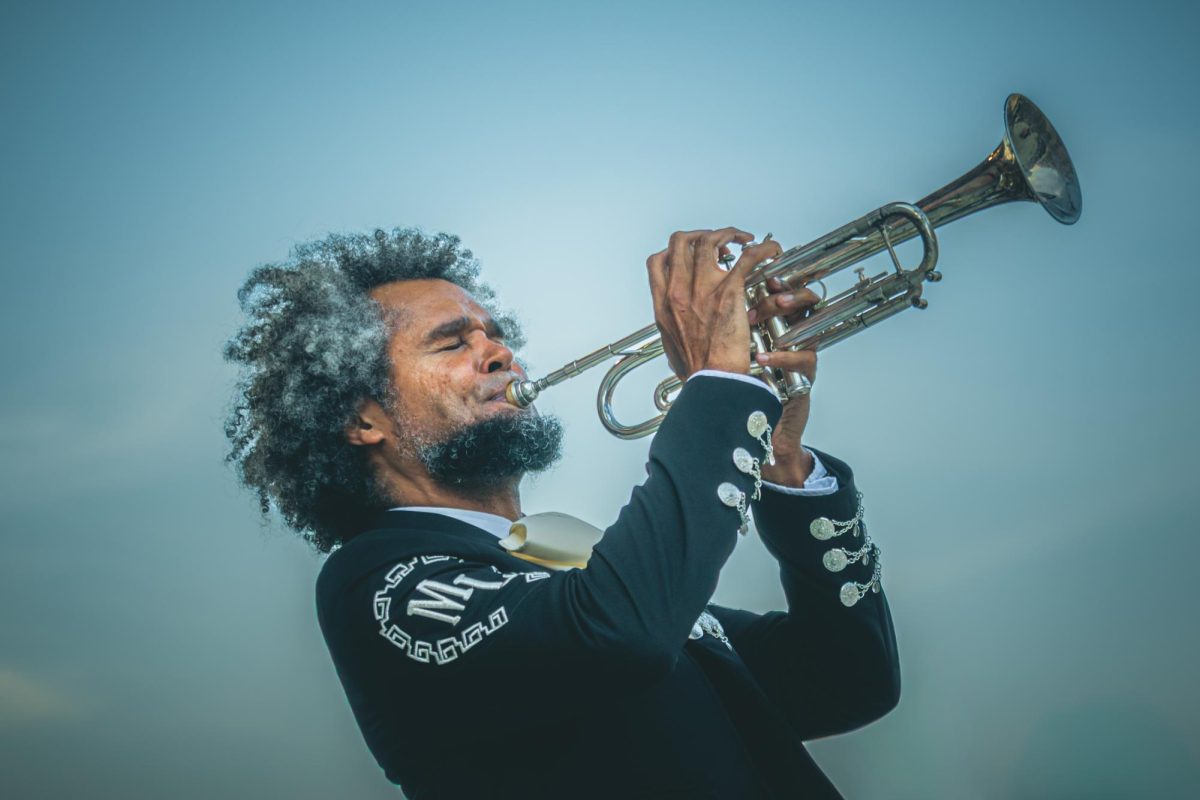Every month, for 70 minutes, community members with Parkinson’s disease or mobility issues meet at Krannert Center for the Performing Arts. There, they dance and move in ways they normally wouldn’t in their daily lives.
Dance for People with Parkinson’s is an international class designed by the Mark Morris Dance Group. Based on scientific research, they have developed a rubric and lesson plan for teaching people with Parkinson’s to dance. The participants’ balance and flexibility improve through these classes.
“This is unique; you’re not going to think of this in the way that you think of a dance class,” said Nancy Coombs, a participant in the program. “I think it’s a gift to the community.”
Parkinson’s disease is a movement disorder associated with tremors, rigidity, slowing of movements and lack of balance. Most people diagnosed with Parkinson’s are 60 or older, and some have trouble walking, talking and doing other tasks.

In the Dance for People with Parkinson’s Champaign chapter, dance instructors Kate Insolia and Laura Chiaramonte work together to develop the class’s choreography. They are joined by Beverly Hillmer, an accompanist who improvises music on the spot for participants to dance to.
Get The Daily Illini in your inbox!
The class begins with participants seated in a circle of chairs, with the two instructors in the center, walking students through their pre-planned choreography.
While Chiaramonte and Insolia teach students Morris’ choreography, they also create their own dance routines. These are often inspired by poems, visual art, commemorative months like Black or Native American History Month and holidays.
“They improvise and create a rhythmic pattern around those poems that is really fascinating to observe (them) play off against each other so well,” said Bernie Koloski, a participant in the program.
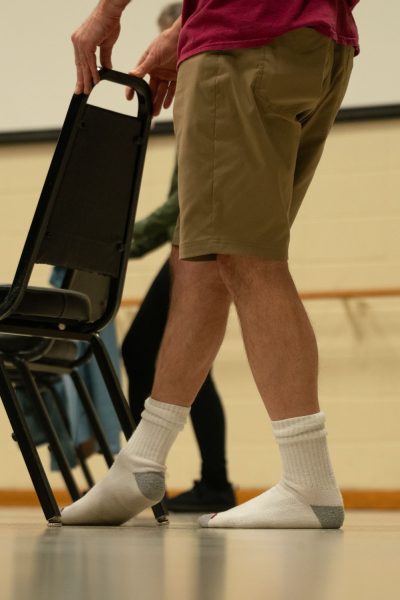
During winter, Chiaramonte might tell participants to use their hands and fingers to imitate snow falling from the sky. For spring, the instructors choreographed a flower-themed dance. Participants were instructed to wave their arms and spring their legs into action while in chairs to act as sprouting flowers.
“It kind of pulls them out of their way of thinking,” Chiaramonte said. “It’s more about using imagery to help them with that brain stimulus and impulse to move.”
Laughter often erupts around the room as students attempt some of the instructor’s dance moves. Although some of the choreography can be difficult for some people due to Parkinson’s or other mobility issues, many participants embrace the challenge and improvise some of the choreography they try to imitate.
Monique Oyallon, a student in the program, said Parkinson’s can make it difficult for her to do a series of quick movements. However, she noticed the instructors are able to push her and others out of their comfort zones to move in ways they normally wouldn’t.
“You want to try to keep your autonomy as long as you can,” Oyallon said. “The goal is to try to keep moving so that you can keep doing it.”
The program accommodates people who find it difficult to do some of the choreography. When participants are instructed to stand, one of the instructors, Chiaramonte, performs a version of the choreography seated. This gives participants like Coombs, who has a bad knee with no cartilage, another option.
“They honor mobility issues,” Coombs said.
The program is never the same twice, according to Koloski. Every session is designed from scratch, with new dances and themes.
Insolia said it is important for every session to be unique so that students become more flexible and not atrophy with their body and mind.
“When you’re a teacher, you have to think about the students, and you’re always thinking about how to stretch people, to grow them,” Insolia said. “You don’t want to fall into a rut. So that’s why we changed it up so much.”
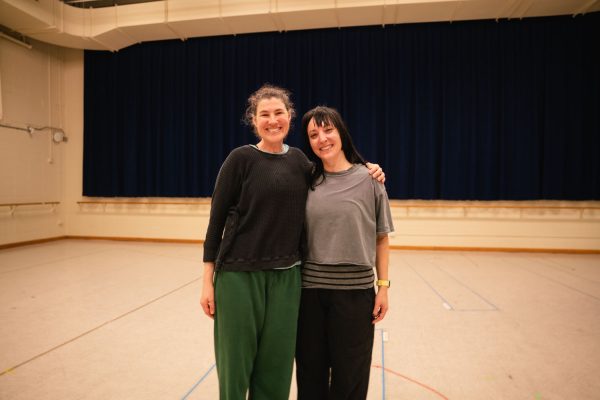
Coombs had first heard of the program when her husband had Parkinson’s. Different places highlighted the program, like the Parkinson’s Support Group of Champaign County and Carle Foundation Hospital. However, she still wishes the program were more well-known in the community.
“I just wish more people knew about it and would come, and you don’t have to have Parkinson’s,” Coombs said. “You don’t have to have a mobility issue to be a part of this.”
Chiaramonte has been teaching dance at Dance for People with Parkinson’s since 2014. She said when she and her students dance together for a long time in the same room, they really get to know each other. Although this brings her joy, it also makes it hard for her when people with Parkinson’s pass away.
“It’s hard because you see people go because of the disease,” Chiaramonte said. “But you just try to be there and you continue to be there as a support and again providing a space that’s just different for them, so that they are not having to deal with that again.”

At the end of every class, students and the instructors hold hands in a circle, and each person takes turns bowing to the person next to them, sharing eye contact. This is called “pass the pulse.”
After so many years of doing the program together, participants and the instructors have been able to foster a community with one another. Whether they have mobility issues or Parkinson’s, they connect with one another through dance.
“I’m so grateful to be able to share space with them, to be able to create a moment where they’re enjoying life,” Chiaramonte said.



